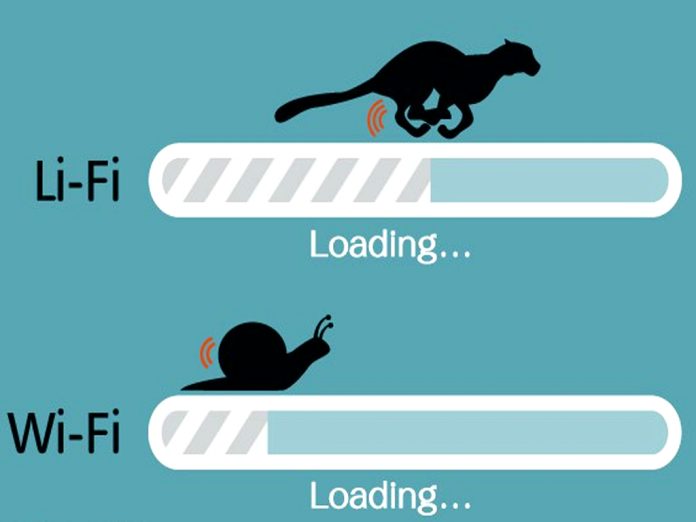The Institute of Electrical and Electronics Engineers (IEEE) has recently introduced the new Li-Fi communication standard, which promises data speeds up to 100 times faster than Wi-Fi. While Li-Fi is not intended to replace Wi-Fi entirely, it offers an exciting option for ultra-fast data transfer using light-based communication.
Leading companies in the field, such as pureLiFi and Fraunhofer HHI, have already embraced this new standard. Fraunhofer HHI has demonstrated how Li-Fi can enhance existing networks by utilizing a building’s lighting fixtures. On the other hand, pureLiFi has developed the compact Light Antenna ONE module, measuring just 14.5mm in size. This module is currently being sampled by Original Equipment Manufacturers (OEMs) for integration into various devices, including smartphones, laptops, and other devices that can benefit from lightning-fast data speeds. Its small size is noteworthy, as it is comparable to the space occupied by mmWave 5G antenna modules, which are already quite large and costly in smartphones.
The widespread adoption of Wi-Fi is primarily due to its convenience and range. A single Wi-Fi hotspot can provide high-speed connectivity to an entire home or office since radio waves can penetrate obstacles. However, this advantage does not extend across the entire electromagnetic spectrum. Signals with higher frequencies, such as laser beams used in Li-Fi, can transmit significantly more data. However, the line-of-sight factor becomes crucial, as devices must be oriented correctly to ensure a clear path between the Li-Fi source and the receiver.
While Wi-Fi will continue to dominate in terms of convenience and range, Li-Fi’s lightning-fast data speeds offer an exciting new option for specific applications. Industries such as healthcare, manufacturing, and data centers could greatly benefit from the enhanced performance and security provided by Li-Fi technology.
As Li-Fi continues to evolve and gain traction, it has the potential to revolutionize the way we transfer data wirelessly. Although it may not replace Wi-Fi entirely, it presents a valuable “fast lane” solution for situations where speed is of the utmost importance. The future of wireless communication is taking shape, and Li-Fi stands at the forefront of this exciting development.


